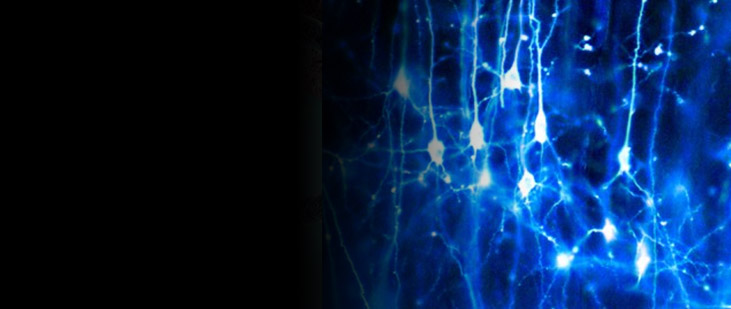
Amanda Pustilnik speaking at CLBB’s April 2013 “Models of the Mind” event at Harvard Medical School. Pustilnik will be the 2014-2015 Senior Fellow in CLBB’s joint venture with Harvard Law School’s Petrie-Flom Center for Health Law, Biotechnology and Bioethics.
ABSTRACT: Legal statuses, prohibitions, and protections often turn on the presence and degree of physical pain. In legal domains ranging from tort to torture, pain and its degree do important definitional work by delimiting boundaries of lawfulness and of entitlements. The omnipresence of pain in law suggests that the law embodies an intuition about the ontological primacy of pain. Yet, for all the work done by pain as a term in legal texts and practice, it has had a confounding lack of external verifiability. As with other subjective states, we have been able to impute pain’s presence but have not been able to observe it directly. Continue reading »



